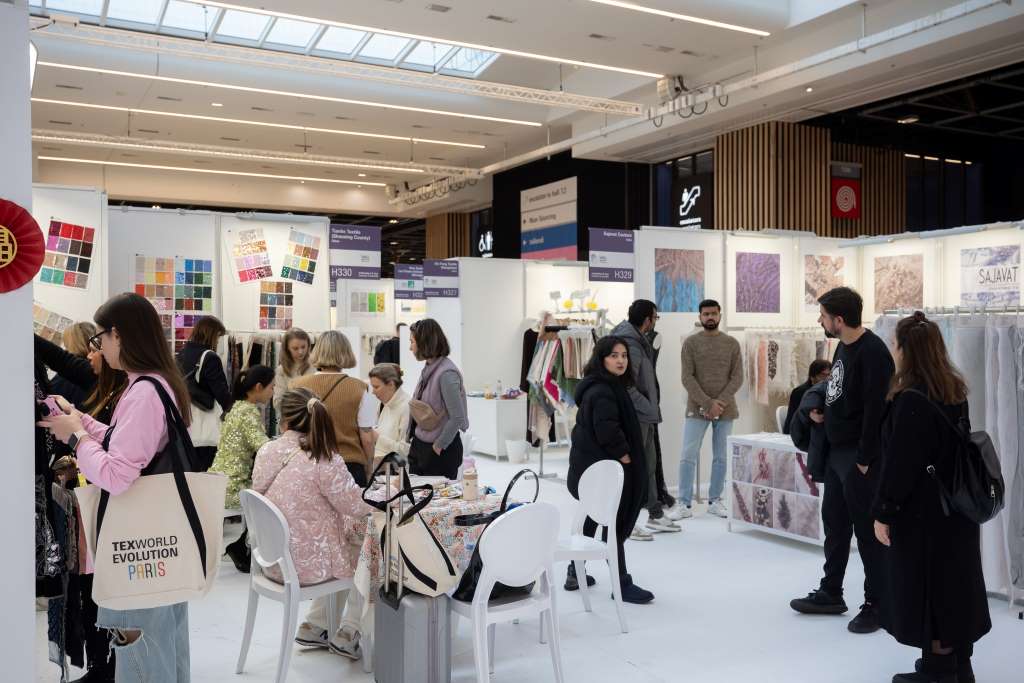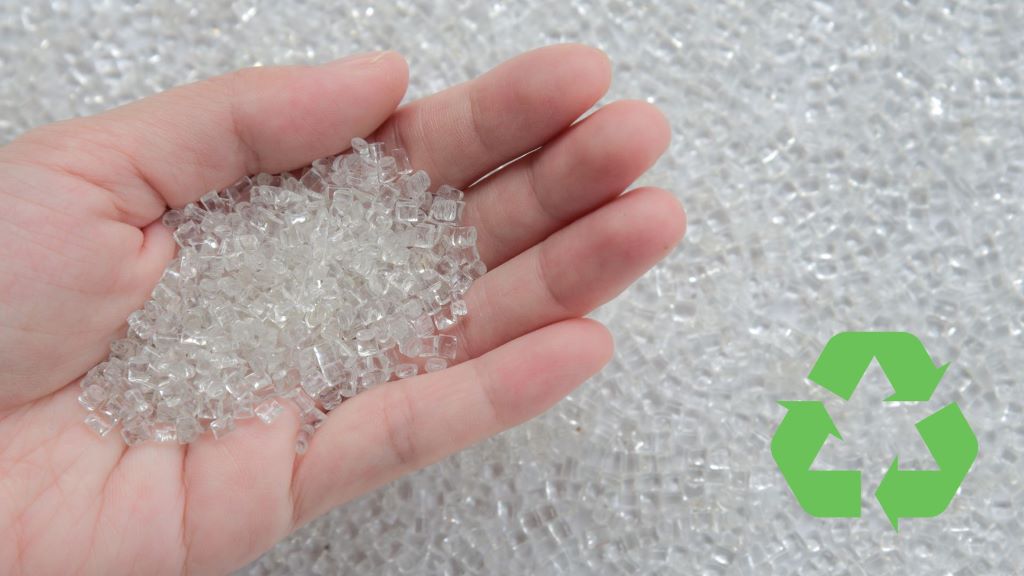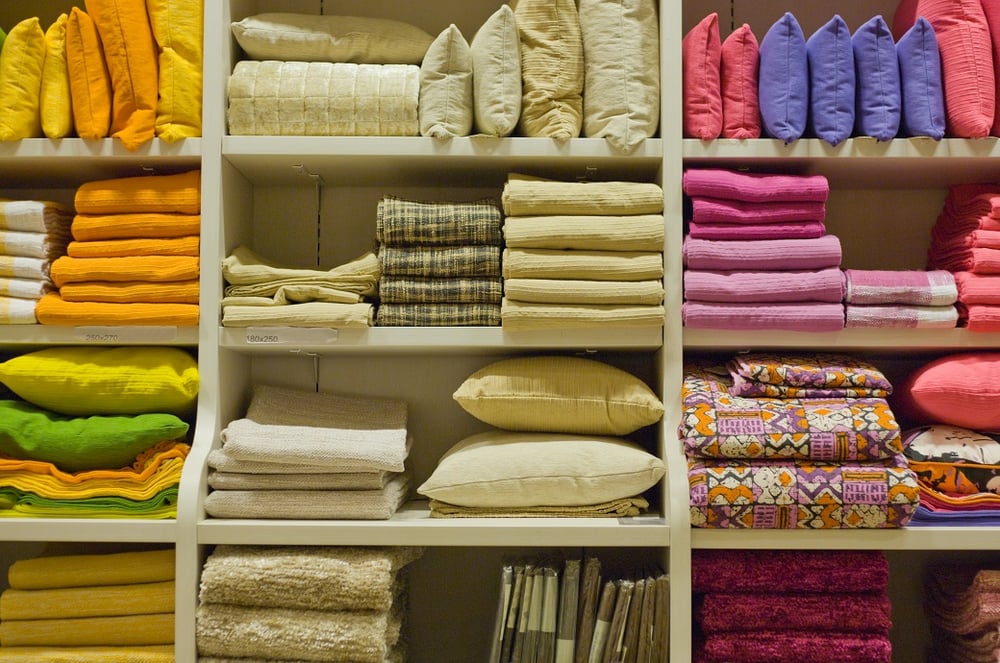
The retail landscape is a story of two halves, with established brands facing contrasting financial realities. For example, sportswear giant Adidas is facing financial struggles while fashion leader Inditex, owner of Zara, reports record profits. This contrast raises the question: what factors are driving these contrasting fortunes?
A shift in consumer trends
While sportswear giant Adidas reported its first annual loss in over 30 years in 2023, Zara owner Inditex, the world's biggest fashion retailer, enjoyed record profits for the same period. This disparity highlights the complex interplay of factors influencing brand performance. A look at Adidas stats show, in 2023, it reported a net Loss of €58 million, first since 1992. What’s more it expects 5 per cent North American sales decline in 2024. By contrast, Inditex net profit in 2023 was €5.4 billion, its highest ever. Sales growth was 10.4 per cent.
Adidas is grappling with a decline in North American demand for sportswear, impacted by overstocked retailers and potentially a waning appetite for athletic apparel. Brand management and inventory control is another issue. The severing of ties with Kanye West and the Yeezy line, once a major revenue driver, further complicates matters. Conversely, Adidas might be struggling to adapt its offerings to meet changing consumer shifts.
Inditex, on the other hand, seems to be benefiting from a shift towards value fashion. Their strategy of price increases appears to be well-received, with consumers prioritizing affordability without sacrificing style. Focus on dynamic sales strategies and price adjustments to maintain profitability despite inflation has worked well. Inditex, also demonstrates success in managing inventory levels, a crucial factor in today's economic climate. It also capitalizes on current fashion trends like "low-rise suede sneakers" to drive sales growth. Moreover, Inditex highlights a strong recovery in China, a significant market. In contrast, Adidas acknowledges a weaker North American market but anticipates growth in the second half of 2024. Geographic diversification seems to be a crucial factor for success.
Strategic manoeuvres
For course correction, Adidas is taking corrective measures. CEO Bjorn Gulden is focusing on core brands like Samba and Gazelle, aiming to recapture market share and improve retailer relationships. Inventory reduction efforts are underway, with plans for at least 10 per cent underlying business growth in the latter half of 2024. Inditex's success on the other hand can be attributed to its focus on dynamic sales strategies and a willingness to adjust pricing. Their diverse brand portfolio, catering to various consumer segments, seems to be another winning factor. Their global reach and focus on a wider range of apparel appear to be advantages.
Analysts weigh in. As Thomas Joekel of Union Investment highlights Adidas' positive trajectory under new leadership, while Cristina Fernandez of Telsey Advisory Group acknowledges lingering uncertainty surrounding Yeezy sales. The future remains to be seen. Adidas projects recovery, while Inditex enjoys a strong position.
Indeed, the contrasting fortunes of Adidas and Inditex highlight the dynamic nature of the retail industry. Adaptability, strategic inventory management, and responsiveness to consumer trends are key differentiators. While the future remains uncertain, both companies offer reasons for cautious optimism, with Adidas seeking to regain lost ground and Inditex building on its record-breaking year.












